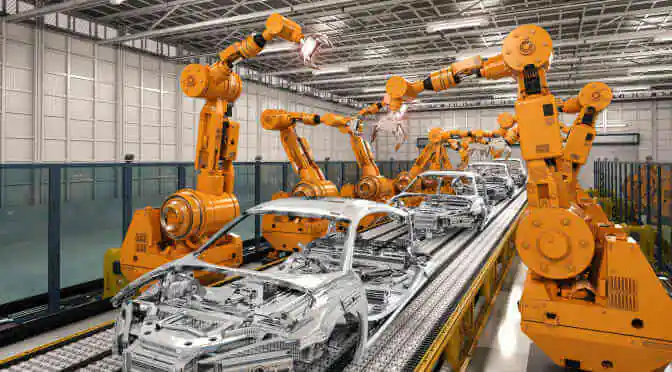Humanity is continuing its slow march towards machine domination.
Okay, not entirely, but we are automating more and more industrial processes to save time and money, and make our lives easier in the long run. In this vein, Technavio has recently added three new reports to our industrial automation library that examine some of these newly automated processes.
Global SCADA market in process industries
SCADA connects multiple systems to one centralized operation and enables control from a remote location. The technology is mainly used for data acquisition, communications, control, and infrastructure management in an industrial set-up.
Municipal bodies worldwide are adopting SCADA systems for efficient supply and distribution of water and recycling wastewater in urban areas.
Market growth rate
The global SCADA market in process industries was valued at $13.18 billion in 2015. We expect it to reach $16.89 billion by 2020, growing at a CAGR of 5.08%.
- Rise of smart grid technology
- Increased demand from the oil and gas industry
- Overall complexity of modern industrial processes
Global industrial emergency shutdown system market
An ESD (emergency shutdown) system is a safety system that protects a manufacturing plant from explosions or leaks.
The ESD solutions consist of sensors, logic solver, and final control elements. Level, temperature, or pressure sensors are used to continuously monitor the condition of plant processes. The information gathered is transferred to logic solvers like a programmable logic controller (PLC) or distributed control system (DCS), where the condition is matched with a predefined threshold limit. If the logical solver finds any abnormalities in the process, the shutdown command is passed to the final control element such as a pneumatically actuated on-off valve, which comes down to the safe mode position from its static position.
Market growth rate:
The global industrial ESD systems market was valued at $900 million in 2015. We expect the market to reach $1.59 billion by 2020, growing at a CAGR of 11.95%.
- Need to comply with stringent government and environmental regulations
- Growing exploration activities in oil and gas industry
- High demand for chemical and petrochemical products from APAC
Plant asset management (PAM) systems
A PAM system manages and monitors the fixed assets of a company, which are used in the production process. PAM provides better control over the production process and generates real-time data, which helps officials make informed decisions, and identify any signs of machine failure before they become an issue.
Implementation of PAM solutions enhances plant performance by optimizing the equipment maintenance cycle. The implementation process may be time-consuming since all the information about the plant has to be fed into the system. However, once implemented, the system offers various advantages such as reduced maintenance cost, optimized operational workflow, improved diagnostics and maintenance schedules, and adherence to quality management systems. The open-source PAM software is gaining popularity mainly because of its cost advantage.
Market growth rate:
The global PAM system market was valued $3.25 billion in 2015 and is expected to reach $5.26 billion by 2020 at a CAGR of 10.07% during the forecast period.
- Shift to lean manufacturing and green technology
- Compliance with stringent government regulations
- Optimization of operational costs



